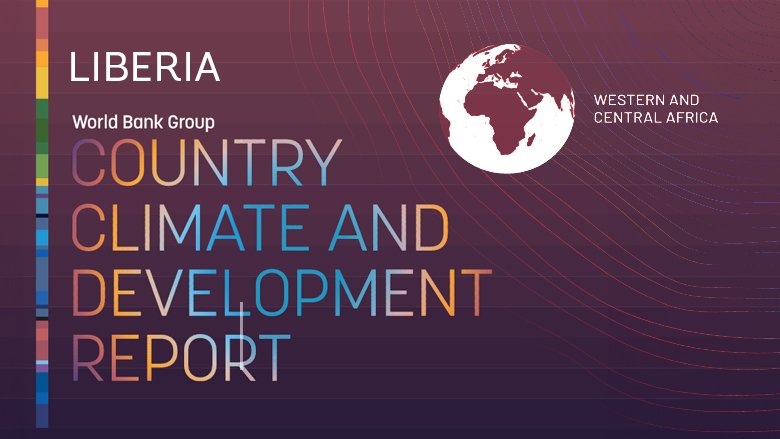If nothing is done, climate change could shrink Liberia’s economy by 15% and push 1.3 million people into poverty by 2050. Implementing just a few adaptation interventions could boost agricultural productivity and enhance climate resilience of almost 800.000 people. Priority climate actions will need to respond to essential infrastructure needs, human development promotion, sustainable land management, and climate risk and readiness.
The report proposes four themes of climate actions:
- Climate risks and readiness. It is critical that there is a policy shift toward an integrated approach that encompasses climate finance, readiness, and coordination. Given Liberia’s vast natural capital, the potential for carbon markets and benefit sharing of climate financing is immense.
- Essential infrastructure needs. Liberia has key opportunities to invest in climate-resilient infrastructure. In growing city centers, this could mean a policy shift in urban planning, ensuring that homes and other assets are built with climate risks in mind.
- Human development promotion. With one of the youngest and fastest-growing populations in Africa, Liberia stands at a pivotal juncture where targeted investment in human development could significantly reduce its dependency on natural wealth and reduce vulnerability to climate change.
- Sustainable landscape management. Liberia's forestry, mining, and agriculture sectors face intertwined challenges and opportunities in sustainable land management.
Inadequate access to finance is a key barrier to meeting Liberia’s climate and development goals. While concessional finance will be essential, deepening the domestic capital market offers a way to diversify financing mechanisms and attract foreign investments. However, the investment challenge will require building institutional capacity across the government and developing an enabling environment that can unlock (private) finance. The private sector must not only finance but take a leading role in bringing in innovative climate solutions in production processes and services delivery. Climate change poses complex challenges in Liberia, but there is room for optimism. Climate action can play a leading role in Liberia’s development story.
